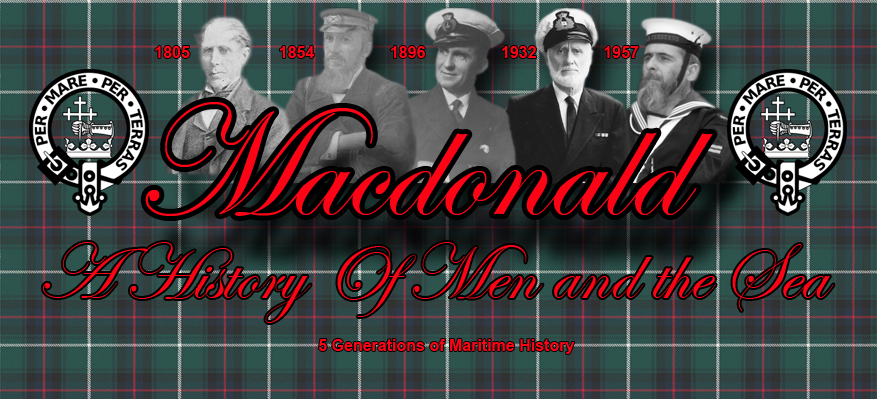The Argus Wed 25 Dec 1889 Page 6
PACIFIC OCEAN CURRENTS.
TO THE EDITOR OF THE ARGUS.
Sir,-With a view of obtaining information concerning the currents of the Pacific Ocean, a series of tests was performed daily during the past three months, beginning September 18. The ship S F. Hersey left her moorings at Moodyville, B C , Canada, September 17. The morning of the 18th she sailed out from Cape Flattery on her voyage to Melbourne, with a cargo of 750 000ft. of first-class Canadian lumber.
Daily, during the entire voyage, a bottle was thrown overboard containing a sheet of paper on which were written many items of information latitude, longitude, barometric pressure, temperature of the air, sea, and cabin, course, wind, speed, clouds, and many other facts were noted
In all, 87 bottles were dropped. They were all heavy black bottles, which would not float out prominently in the water, and therefore cannot be much affected by the winds. On each piece of paper the following request was made:-
" Please forward this paper to 'The Empire' Toronto, Ontario, Canada, or to the 'News Advertiser,' Vancouver, B.C., Canada, and say exactly when and where the bottle was picked. up."
Doubtless some of these bottles will be picked up along the Australian coast. By this gaining publicity through your columns the attention of some may be turned towards noticing more closely than otherwise any stray bottles lying along the beach, or floating on the water.
While looking into that wonderful book, the Nautical Almanac, and other books of tables, I was surprised to find that no provision or table is made " for determining the distance from a mountain or island, which may be in sight, and the height of which is known". The latitude and longitude cannot be always taken ; clouds may intervene, " Dead reckoning " is not reliable, especially when the ship's speed is from two knots down, and with varying currents. With the sextant the angular height of a mountain in sight may be readily found Knowing the height in feet and the angular height, it would be easy to find the distance of the ship. It need not be replied that it is sufficient to have these two facts, and that it can be quickly solved by trigonometry. This would not be true.
Many who have charge of ships have not enough mathematical knowledge to solve the different trigonometrical problems presented. Besides, a table of distances from angular heights when the real heights are known would be more handy. A captain may not always have the time to work out these complex problems even if he has the knowledge. Moreover, one solving complex questions in a hurry may make serious mistakes, whereas the tables, if correctly prepared, are a safe guide, and speak at a moment's notice. Many times on different vessels sailing and steamships-I have tested officers and others as to distances of lands, headlands, and mountain peaks. The answers sary for nearly all distances, for lesser heights, from 10 to 60 miles, and for greater from 20 to 150 miles. Captain M'Donald, than whom I have not found a more careful and able master, says guessing is not good enough " It would be a valuable thing If all ships were required to collect at least once every 24 hours all important facts which may be of value to seamen. Only in a general way are most of the logbooks of real value. Australia, Canada, and some other countries could learn a few useful lessons from the system enforced by the Japanese Government. Much we read of the regular trade winds " is thoroughly untrustworthy.
Perhaps there is a Meteorological Society in Australia. If so, it would be competent for that body to urge upon the proper authorities to move in the direction of securing extensive lists of observations from sailing masters as well as from captains of steamers.
As there are tables by which we can find the exact time of meridian arrival of the sun, moon, most of the planets, and many of the stars for every day of the year, so with a careful collection of facts extending over a period of many years and gathered from the ships of all nations, tabulated, of course, by their several Governments, an average wind and weather set of tables could be compiled for every degree of latitude and longitude on the ship traversed ocean.
If all nations would do as Japan is doing a table worth all the present charts of the world, in which little of the guess would be found, could be put into the hands of seamen inside of 15 years.
The yearly loss of property and sacrifice of life call loudly for a practical, scientific method to be employed in this exceedingly important matter. A simple method of collecting facts could easily be formulated by the Meteorological Society, and perhaps it has already urged along this line for improvement- yours, &c,
E. ODLUM.
|
The Argus Wed 25 Dec 1889 Page 6

|

